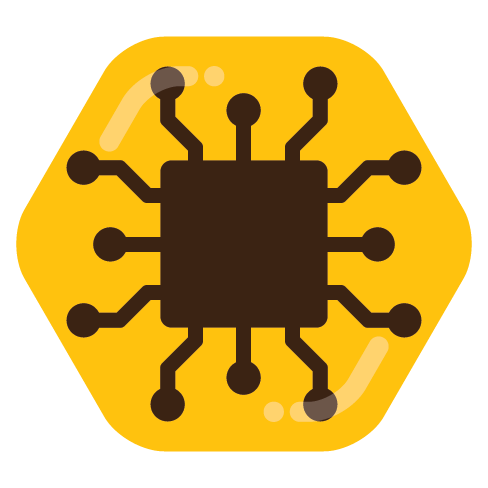

transformers are not the only way to do this, and some other circuits can be used instead. if you take a transformer with 1:2 winding ratio, then if on one side current is 1 and voltage is 1, then on the other current will be 0.5 and voltage 2, which means that impedance increases 4x. in EFHW, it’s 1:7 winding ratio and impedance ratio is 49x, which works for end-feeding a half-wave dipole, just as expected (from 50 ohm to ~2500 ohm). that transformer is a limitation on power usable in this antenna and main reason to use this type of antenna is mechanical
most importantly, transformers work nicely only if you have real impedances, so your antenna has to be resonant anyway. l- or pi-network tuner will also handle complex impedances so doublet or random wire will work nicely with it, as long as you can accept weight and losses in tuner






if you have an antenna with impedance of, say, 200 ohms, then you need to match it to transmitter impedance of 50 ohms, or else most of power output from transmitter would be bounced back and will damage output stage of amplifier. because on receive currents are tiny, you can wing it by just using it without any match and connecting it directly